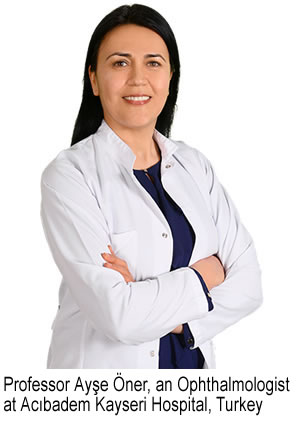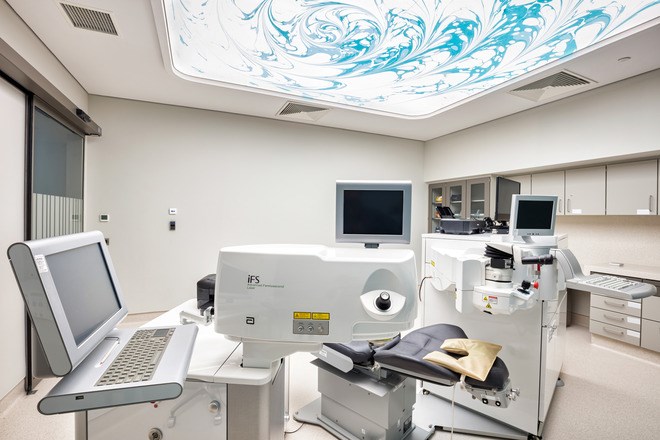
Wednesday March 15, 2023
Sponsored Post

Stem cell therapies, which have gained popularity in many medical fields, are also used to treat certain eye diseases. These treatments offer hope to selected patients and can only be performed after obtaining approval from the Stem Cell Council and the Ministry of Health.
 Our eyesight is one of our most important senses, which significantly impacts our quality of life. In fact, the adverse effects of vision loss are more notable than those of cancers. However, people often overlook their eyesight until they face a problem. According to Professor Ayşe Öner, an Ophthalmologist at Acıbadem Kayseri Hospital, visual impairment is the most common reason for seeking eye care. Most visual impairments can be corrected with eyeglasses, while age-related cataracts can be treated with surgery. However, more severe vision loss caused by retinal disorders requires other treatment modalities.
Our eyesight is one of our most important senses, which significantly impacts our quality of life. In fact, the adverse effects of vision loss are more notable than those of cancers. However, people often overlook their eyesight until they face a problem. According to Professor Ayşe Öner, an Ophthalmologist at Acıbadem Kayseri Hospital, visual impairment is the most common reason for seeking eye care. Most visual impairments can be corrected with eyeglasses, while age-related cataracts can be treated with surgery. However, more severe vision loss caused by retinal disorders requires other treatment modalities.Contact us for free medical opinion: https://acibademinternational.com/
Stem cells can regenerate itself
Retinal disorders can be managed through intraocular injections, which have become increasingly popular. The most common retinal diseases that cause bleeding and edema include diabetes, retinal artery occlusion, and wet-type macular degeneration. Stem cell therapy has recently been considered as a treatment option for inherited retinal disorders that develop at younger ages and cause progressive visual impairments. Stem cells, which are the purest and most basic form of cells in the human body, can differentiate into other cell types, regenerate themselves, and repair damaged retinal cells. These unique properties make them an effective treatment option for many diseases.
Early diagnosis increases the success of treatment
Stem cell therapy is only effective for patients who meet specific criteria. The eye's integrity should be protected for stem cell therapy, and patients with deformed eyes or reduced eye size are not eligible for this treatment. Stem cell therapy is also not helpful for totally blind patients. Therefore, the optimal group of patients includes individuals without advanced visual impairment. Early diagnosis and treatment are crucial for obtaining the best outcomes.
Mesenchymal stem cell is used
Various examinations, such as visual field, Optic Coherence Tomography, and electrophysiology tests, are conducted to determine whether patients are eligible for stem cell therapy. The Stem Cell Council of the Ministry of Health must approve the treatment before surgery for optimal patients. In our clinic, we use umbilical cord-derived mesenchymal stem cells, and we prefer suprachoroidal or extra-ocular procedures because they are safer and do not contraindicate subsequent treatments. Depending on the patient's preference, the surgery can be performed under general or local anesthesia. Eye drop treatment is maintained for one-month post-surgery, and the patient is evaluated one day after the procedure and followed up in Month 1, Month 3, and Month 6. Visual field and OCT tests are repeated in semi-annual follow-up visits.

It may be used in the treatment of numerous eye diseases
Stem cell therapies are primarily used for inherited retina, optic nerve, and cornea diseases. Retinal diseases that meet the criteria of indication include:
- Retinitis pigmentosa.
- Stargardt macular dystrophy.
- Age-related macular degeneration (especially the dry type).
- Other degenerative retinal disorders.
Optic nerve diseases include optic atrophies secondary to glaucoma, trauma, other etiologies, and idiopathic cases.
Contact us for free medical opinion: https://acibademinternational.com/
